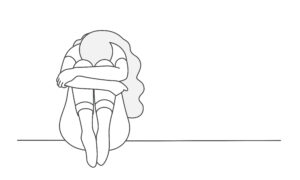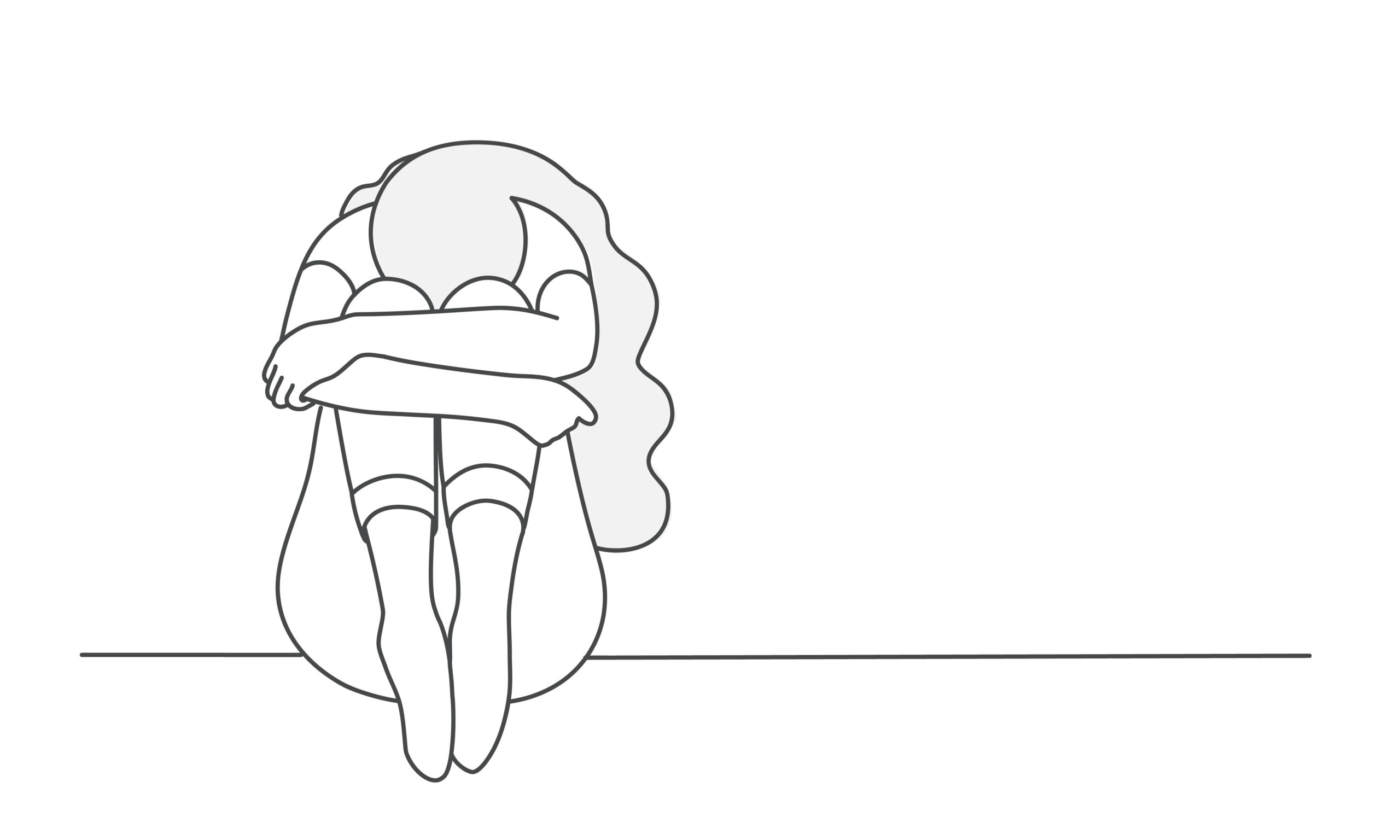On a warm early morning this June, I found myself talking to a school staff member about a young adolescent girl. Recently, there were concerns about her. Her parents had called the school to let them know the young woman had been withdrawn and moody for about a week. She appeared more stressed than usual, and had complained of stomach pains. Were these symptoms anxiety related? The school staff member had checked in with the girl, who indeed appeared fairly withdrawn. She then called me to consider what the next steps could be.
Before I had a chance to ask some first questions –what had been going on with this young woman recently? were there any exams coming up? was her friendship group stable? – the school staff member interrupted me. With urgency in her voice, she told me: ‘we worry this could be mental health. It could be anxiety. We’ve had a lot of this during Covid’.
Thinking back to this conversation, it occurred to me that there was a notable difference in our outlooks. I had wondered about this young woman’s withdrawal and worry, seeing these as signs to decipher, indicators of something under the surface we could be curious about. This ‘something’ could be as simple as exam stress or (what we used to call) ‘having a bad day’. Or it could be more complicated, for example worry about parents’ separation, or a friendship breakdown. However, the school staff member implied there could be a ‘thing’ there, like an illness: that thing could be ‘anxiety’.
There has been a shift in how we understand mental health: we have moved from seeing symptoms as indicating there’s a story that needs to be told, to seeing them nowadays as a disease we need to eliminate. Signs of this shift are everywhere, linked with social norms of what ‘good mental health’ is. Being anxious is a ‘bad thing’. Being relaxed is a ‘good thing’. Paul Verhaeghe notes that diagnosing emotional problems in this way ‘influences the goal of treatment: the ‘too much’ must be surgically removed, or the ‘too little’ fleshed out, so that the patient once again complies with social norms’. So we often think of being ‘too anxious’ or ‘not relaxed enough’.
In reality, anxiety is a sign, a symptom, an alarm bell. As such, it’s normal and necessary – ‘an evolutionary gift that keeps teenagers safe by alerting them to threats’, as psychologist Lisa Damour points out. We should distinguish normal anxiety from chronic anxiety or traumatic anxiety, which need a different kind of attention. In a recent conversation on YouTube, Damour noted what happens when we go about life thinking that good mental health means always feeing good and never being uncomfortable. She says: ‘I now have adolescent girls saying to me that they feel that they are ‘failing at wellness’. If we want a sure-fire way to get stressed, here’s one: having an inflexible checklist of expectations about ‘wellness’ and ‘self care’ and measuring ourselves continuously against them.
Thinking again of symptoms versus diseases, Freud’s concept of ‘signal anxiety’ comes to mind. If we see anxiety as a signal, we can consider it a small dose of stress that warns us something is going on. There may be an underlying conflict that needs attention. Or there is a danger ahead. To understand what the disease is we need to attend to (if any), we need to follow the symptom where it leads. This means trying to decipher what it’s telling us.
So anxiety is not a tumour that we can excise – nor it is a broken leg we can put in a cast. It’s something we ought to be curious about. It goes without saying that there are strategies and ‘tools’ we can consider, to address persistent anxiety and panic. But essentially, we can soften the experience of anxiety when the story it has to say is allowed some air to breathe. This story might be a short one – needing just a conversation with a friend or a chat with a kind teacher. Or it might be a longer, more complicated story, needing psychotherapy.
In other words, if we eliminate the anxiety ‘disease’ and forget that it is a useful and necessary signal, we lose the opportunity it offers for a conversation built on curiosity and compassion.
